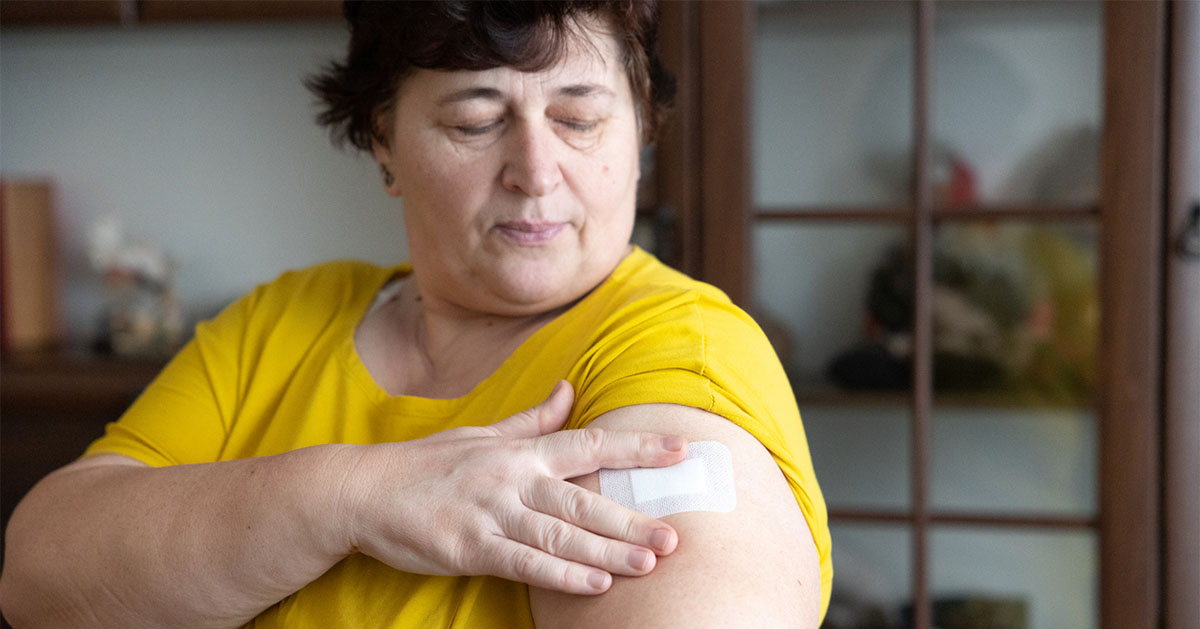The rapid update of the glycaemic control section of the NICE clinical guideline (CG) 66 was published on 27 May 2009 as NICE CG87 (NICE, 2009). The new recommendations cover dipeptidyl peptidase-4 (DPP-4) inhibitors (sitagliptin, vildagliptin), thiazolidinediones (TZDs; pioglitazone, rosiglitazone), the glucagon-like peptide-1 (GLP-1) receptor agonist, exenatide, and insulin.
Earlier this year, the American Diabetes Association and the European Association for the Study of Diabetes (ADA/EASD) consensus statement (Nathan et al, 2009) updated its 2006 consensus guideline. The authors state that their guideline is derived from two sources: clinical trial evidence and the clinical judgement of the seven named authors. It discusses the recent trial evidence on the effect of glucose lowering on macrovascular disease and concludes that an HbA1c level ≥7% (≥53 mmol/mol) should serve as a call to action to initiate or change therapy. This differs from the NICE guideline CG87, which recommends an HbA1c of 6.5% (48 mmol/mol) as the level to initiate or up-titrate mono or dual oral therapy, but an HbA1c of 7.5% (58 mmol/mol) for starting triple therapy.
The ADA/EASD, rather than giving one algorithm, divides therapies into two tiers. Tier 1 (well validated core therapies) consists of lifestyle interventions plus metformin and then adds either basal insulin or sulphonylurea. It then gives a suggestion for the use of tier 2 (less-well validated therapies) comprising lifestyle and metformin plus pioglitazone, or lifestyle and metformin plus a GLP-1 receptor agonist. The guidance mentions triple oral therapy of metformin plus sulphonylurea plus pioglitazone. It has a brief section on DPP-4 inhibitors in the text of the statement, although it does not include the DPP-4 inhibitors, acarbose, nateglinide or repaglinide in the algorithm because of “limited clinical data or relative expense” (Nathan et al, 2009).
The NICE guideline CG87 continues the recommendation from CG66 that lifestyle change alone be used as the first therapy, rather than the ADA/EASD recommendation that lifestyle plus metformin be given to all at diagnosis. In the UK we worry that recommending metformin plus lifestyle is likely to result in reliance on tablets and non-adherence with recommended lifestyle modification. If lifestyle alone does not control glycaemia, NICE recommends metformin monotherapy. If a second agent is needed, sulphonylurea should be the usual choice. It does say that a TZD or a DPP-4 inhibitor are options second-line to metformin if sulphonylurea is contraindicated or not tolerated or if there is a significant risk of hypoglycaemia or its consequences (NICE, 2009).
If metformin plus sulphonylurea does not control glycaemia adequately, NICE recommends that a TZD can be added, or that the DPP-4 inhibitor sitagliptin can be added as it has a triple-therapy licence. Basal insulin is the recommended third-level choice to be added to metformin plus sulphonylurea, particularly if the person is markedly hyperglycaemic. Exenatide would be a third-line option if the person has a BMI ≥35 kg/m2 (European descent and specific psychological or medical problems associated with a high body weight) (NICE, 2009). The ADA/EASD guideline does not have such BMI requirements for the use of exenatide (Nathan et al, 2009).
NICE CG87 gives discontinuation recommendations for certain therapies. It says that DPP-4 inhibitors and TZDs should only be continued if there is a decrease in HbA1c level of 0.5 percentage points (5.5 mmol/mol) within 6 months. It says that exenatide should only be continued if the person has a decrease in HbA1c level of 1 percentage point (10.9 mmol/mol) and a drop of 3% or more of initial body weight in 6 months. The ADA/EASD guideline has no such discontinuation criteria.
The NICE CG87 is clear, straightforward and transparent in its recommendations; it is clear how they have been derived from the evidence. The ADA/EASD guideline is more complicated, less clear in its recommendations and seems to reflect the clinical opinions of its authors. I am sure that the NICE guideline will be the one that will influence diabetes management and prescribing in the UK.





It is crucial that we review retinal screening reports prior to prescribing GLP-1 or GIP/GLP-1 receptor agonists.
6 Aug 2025